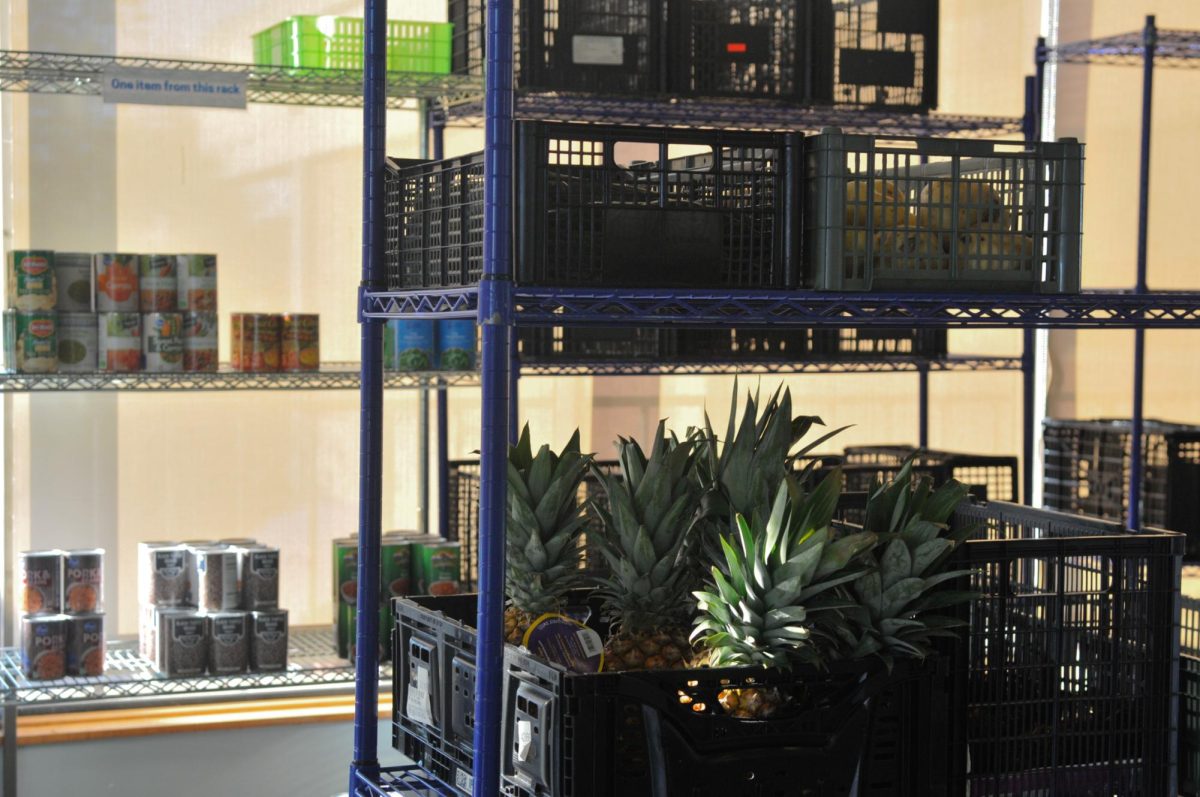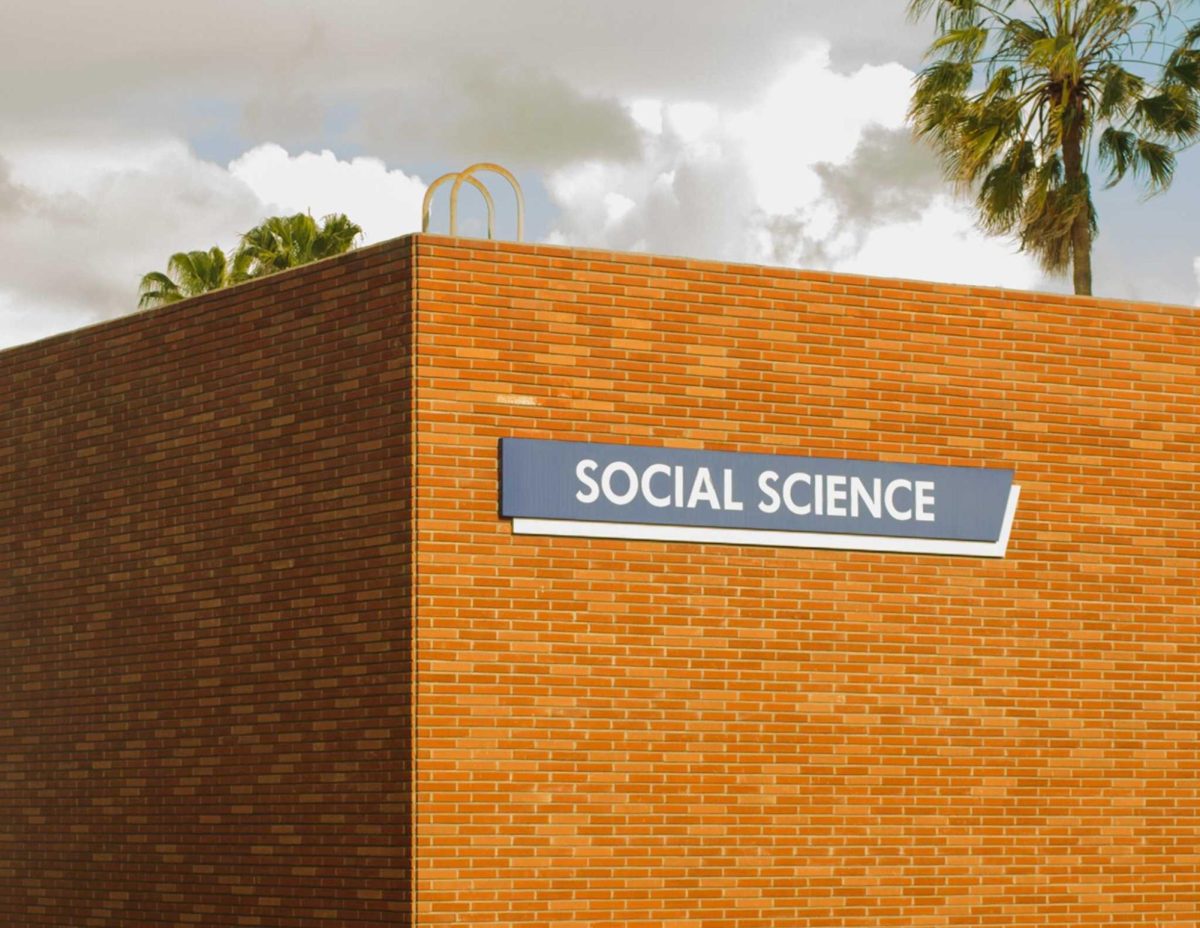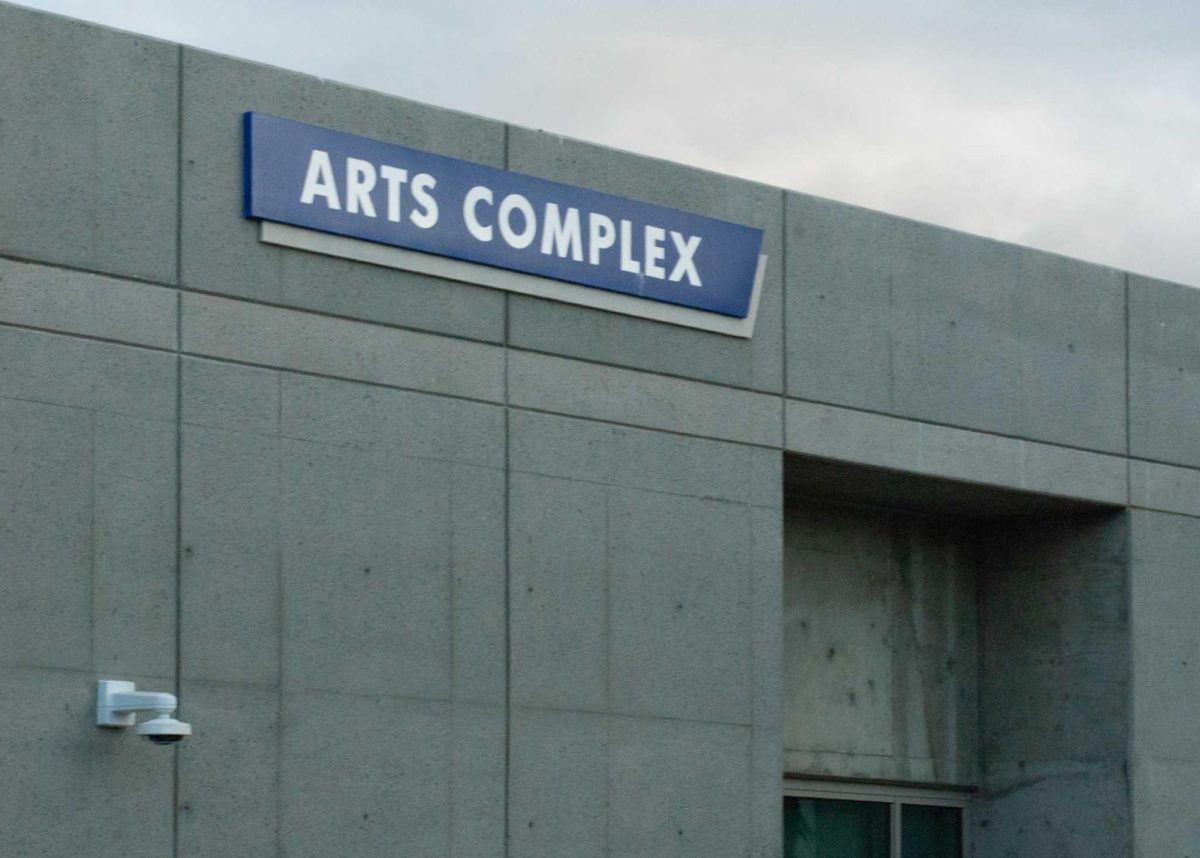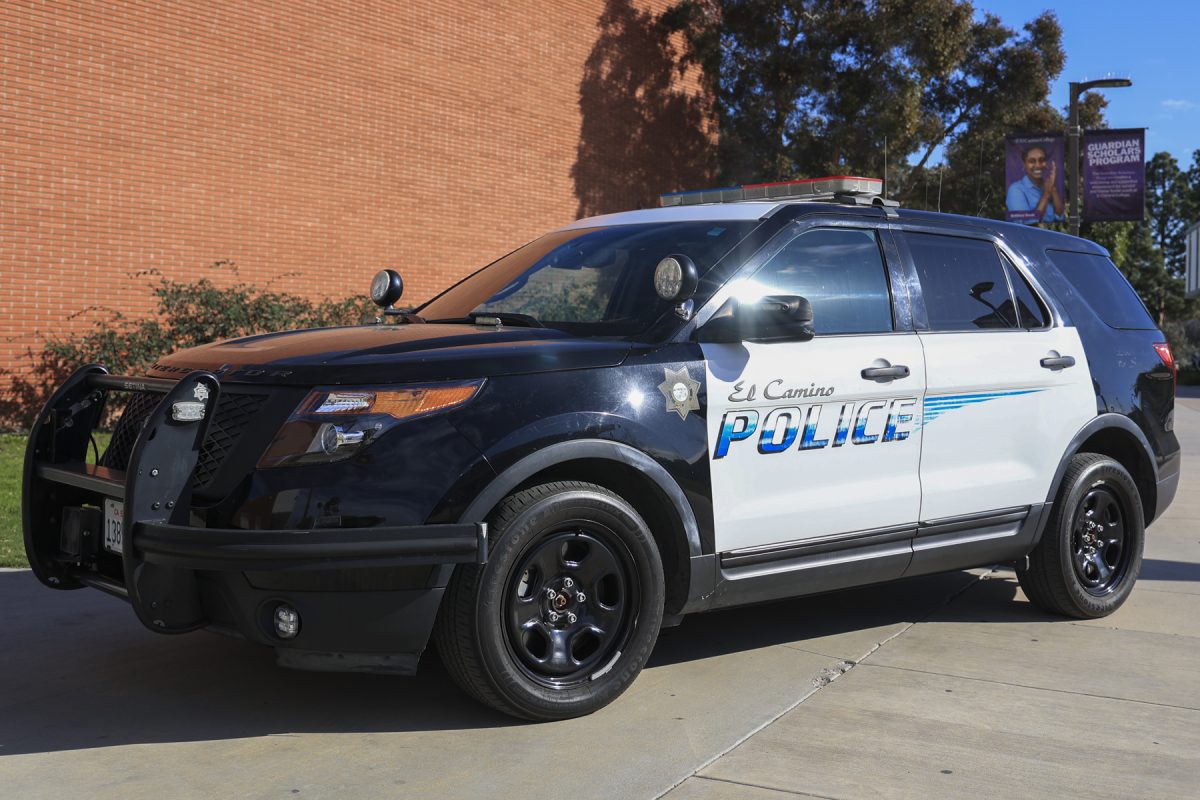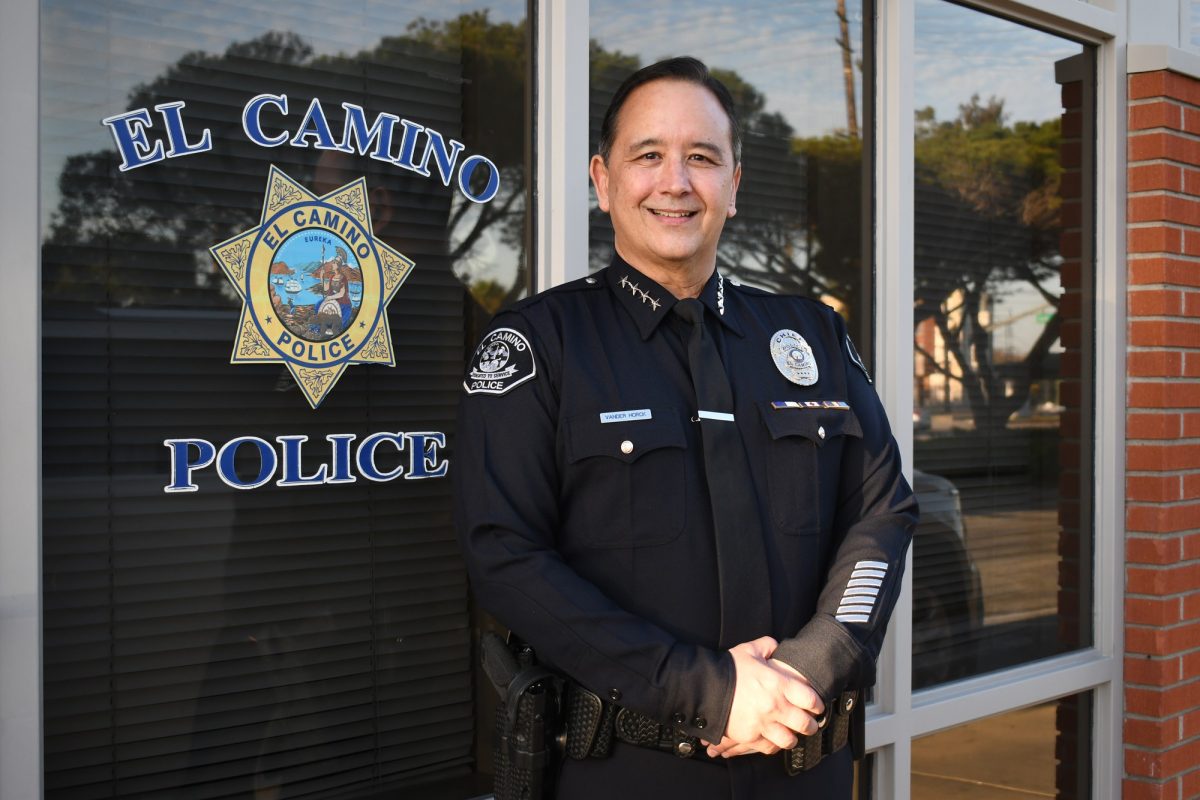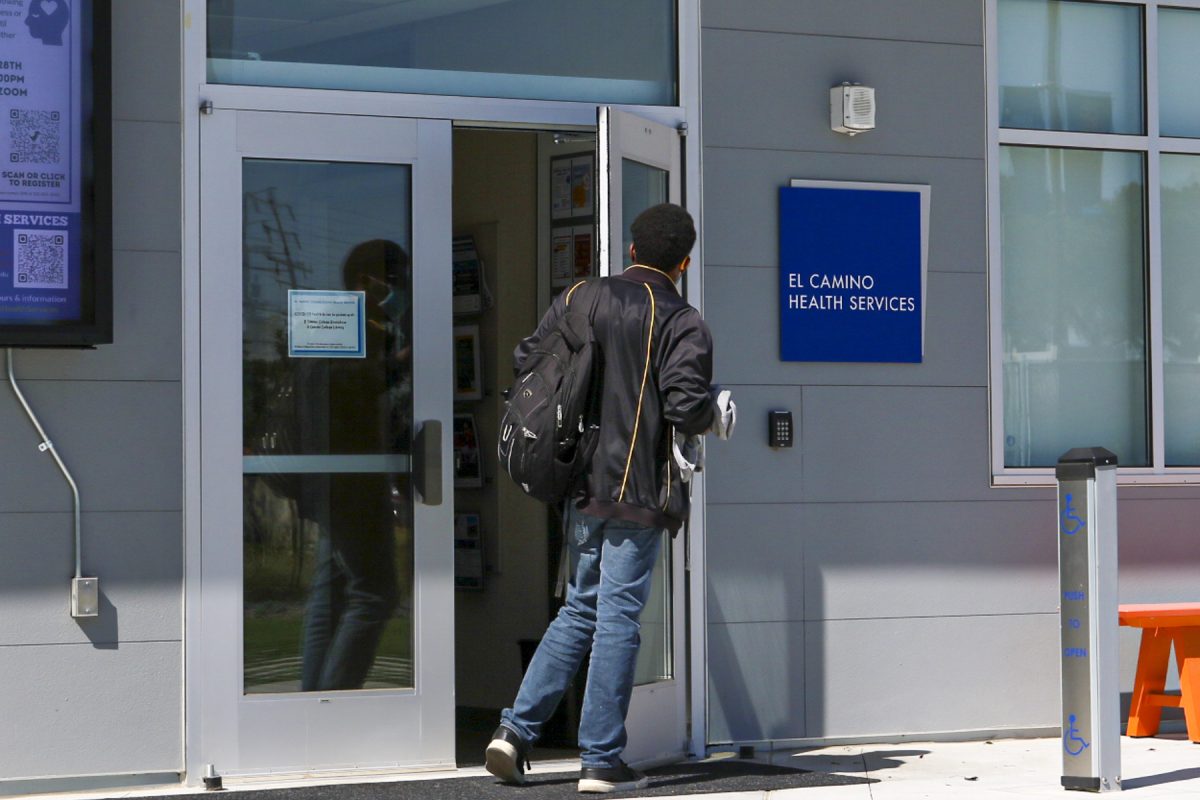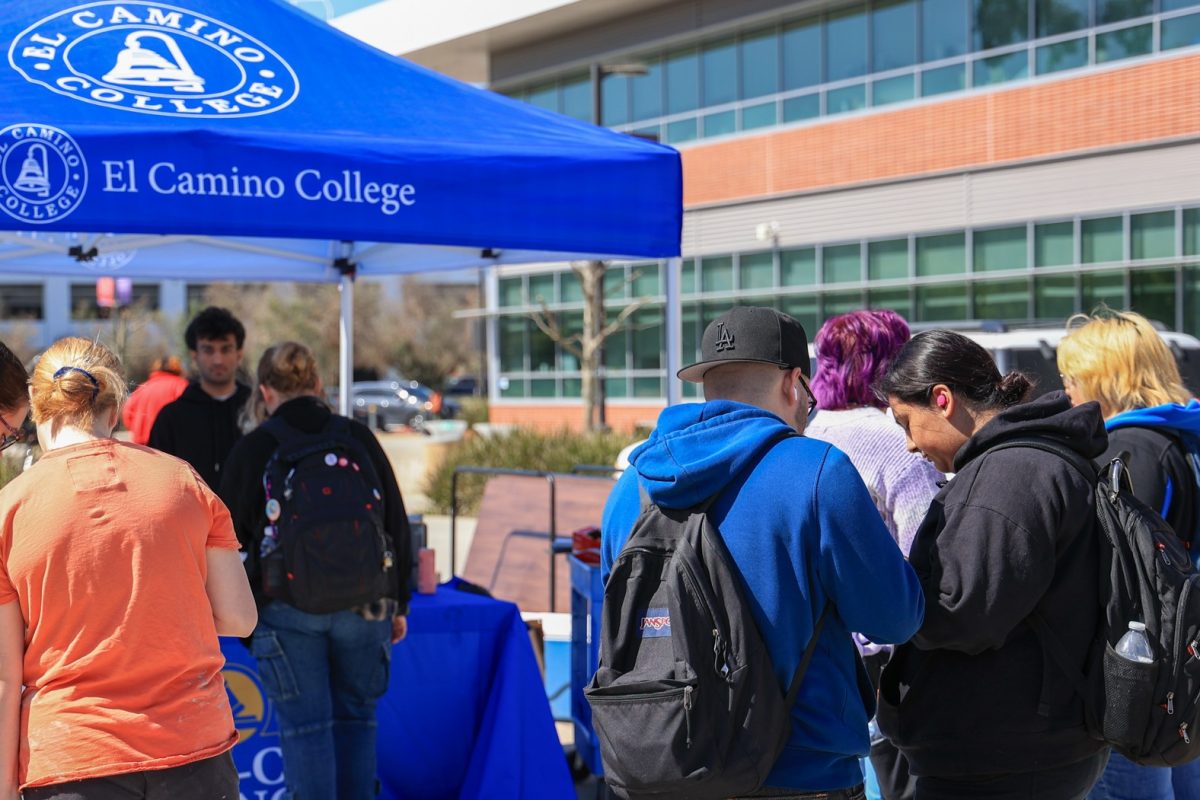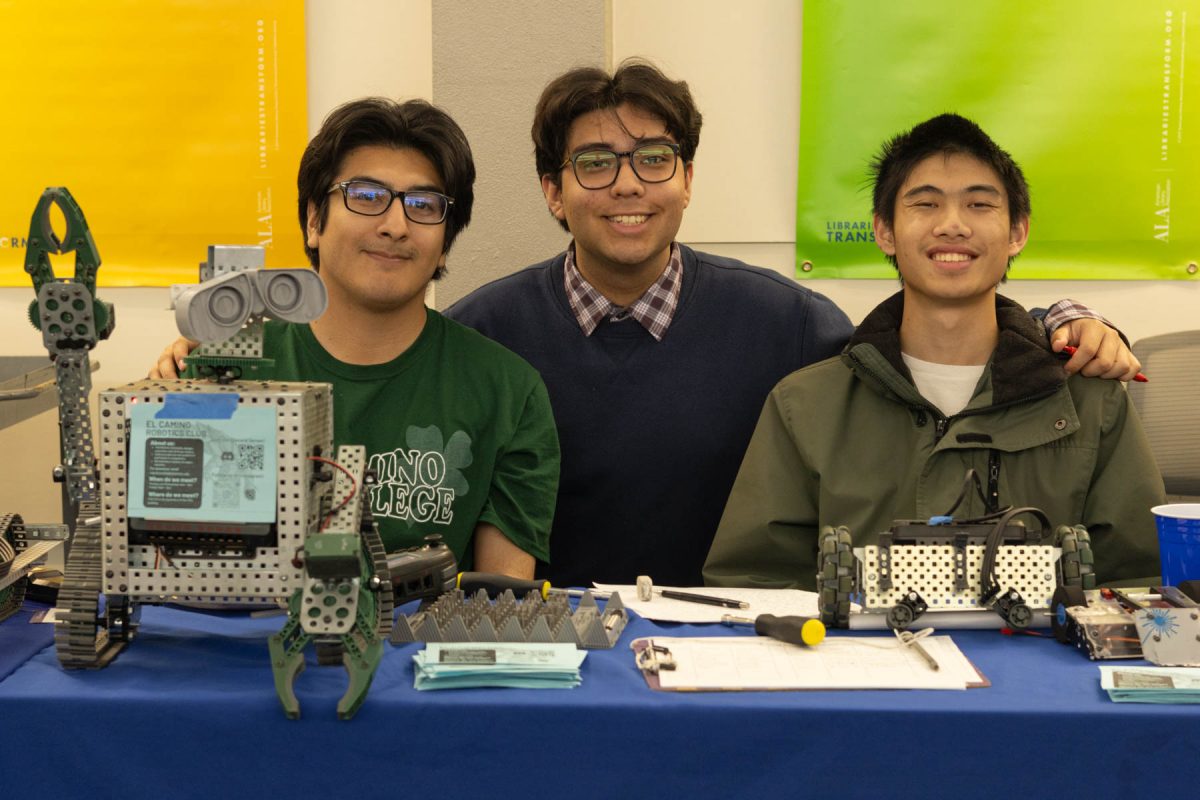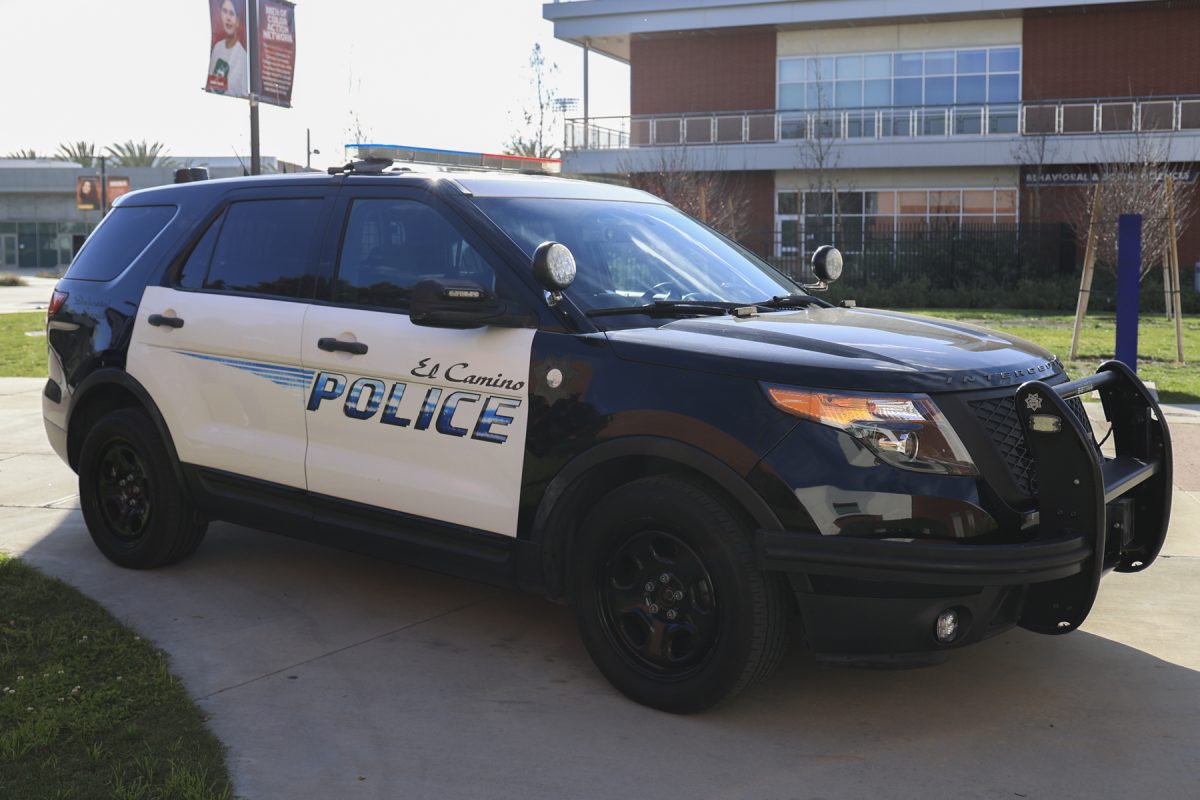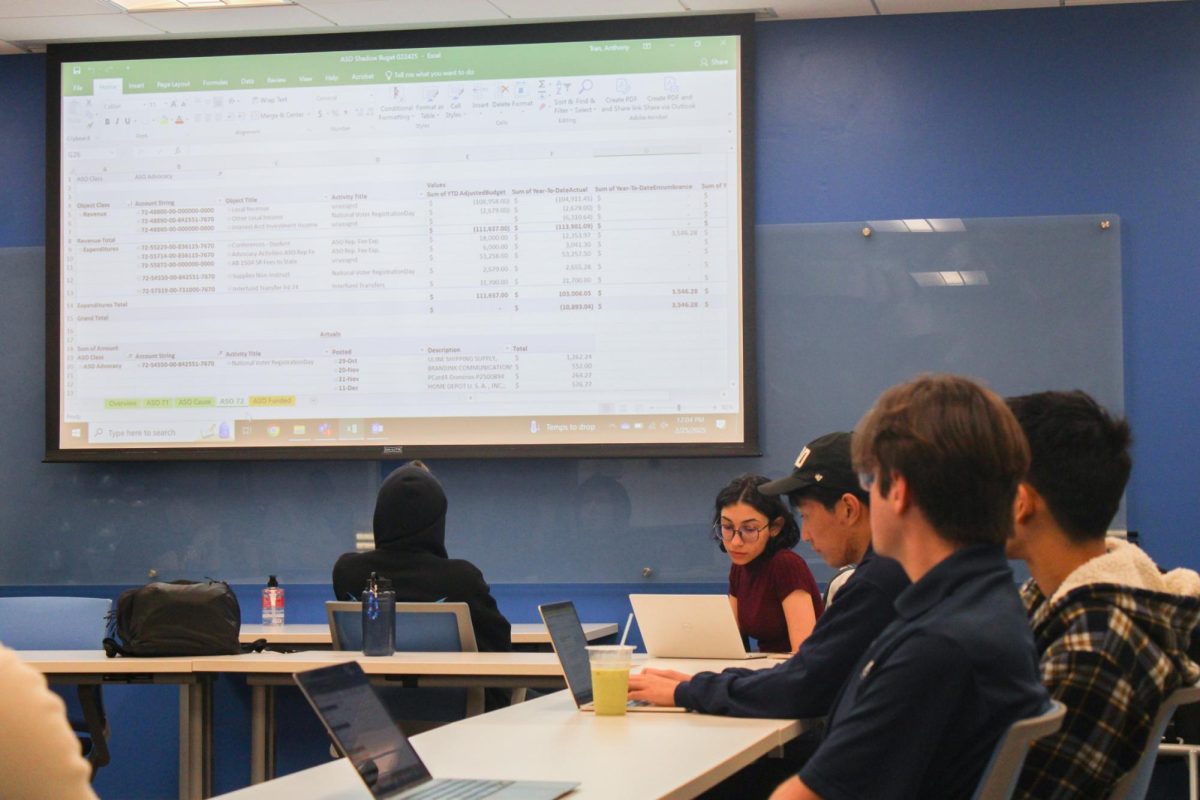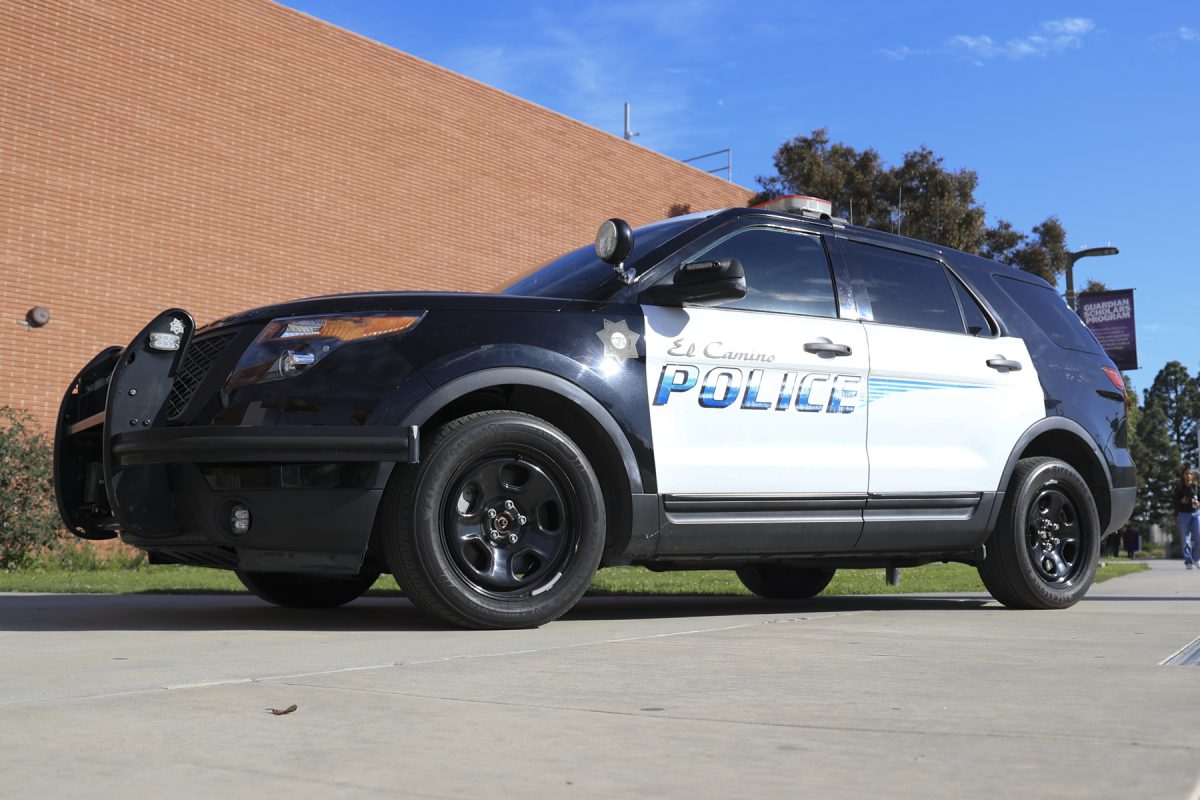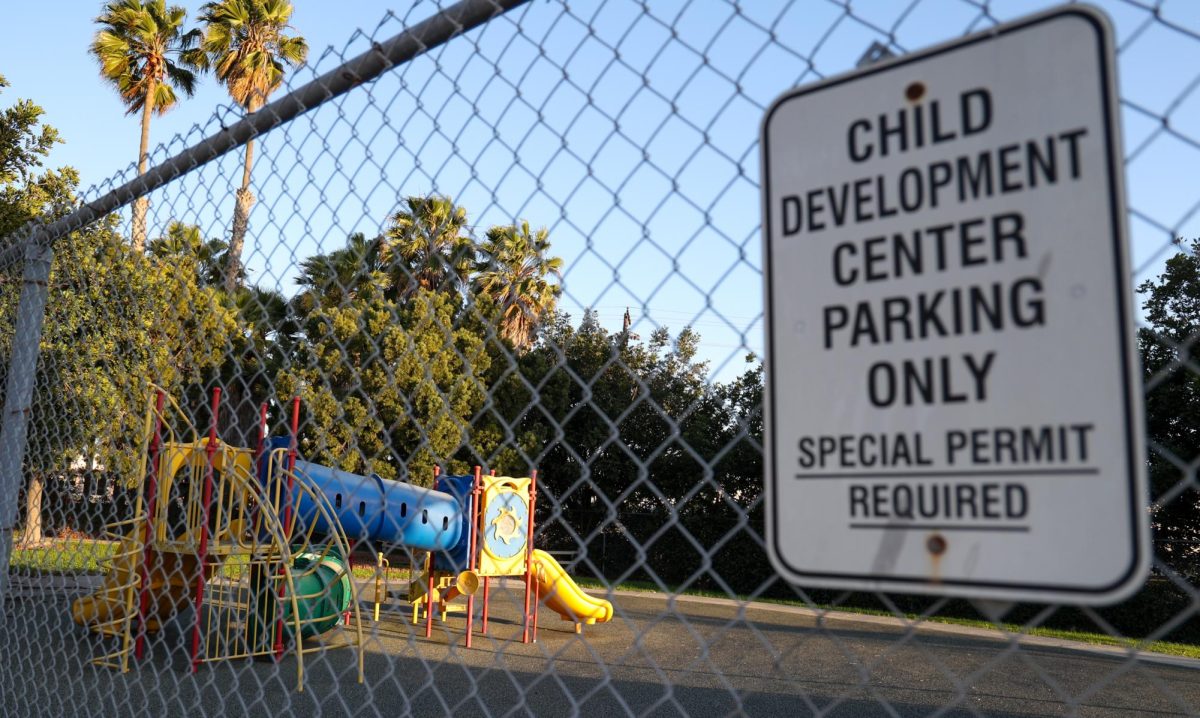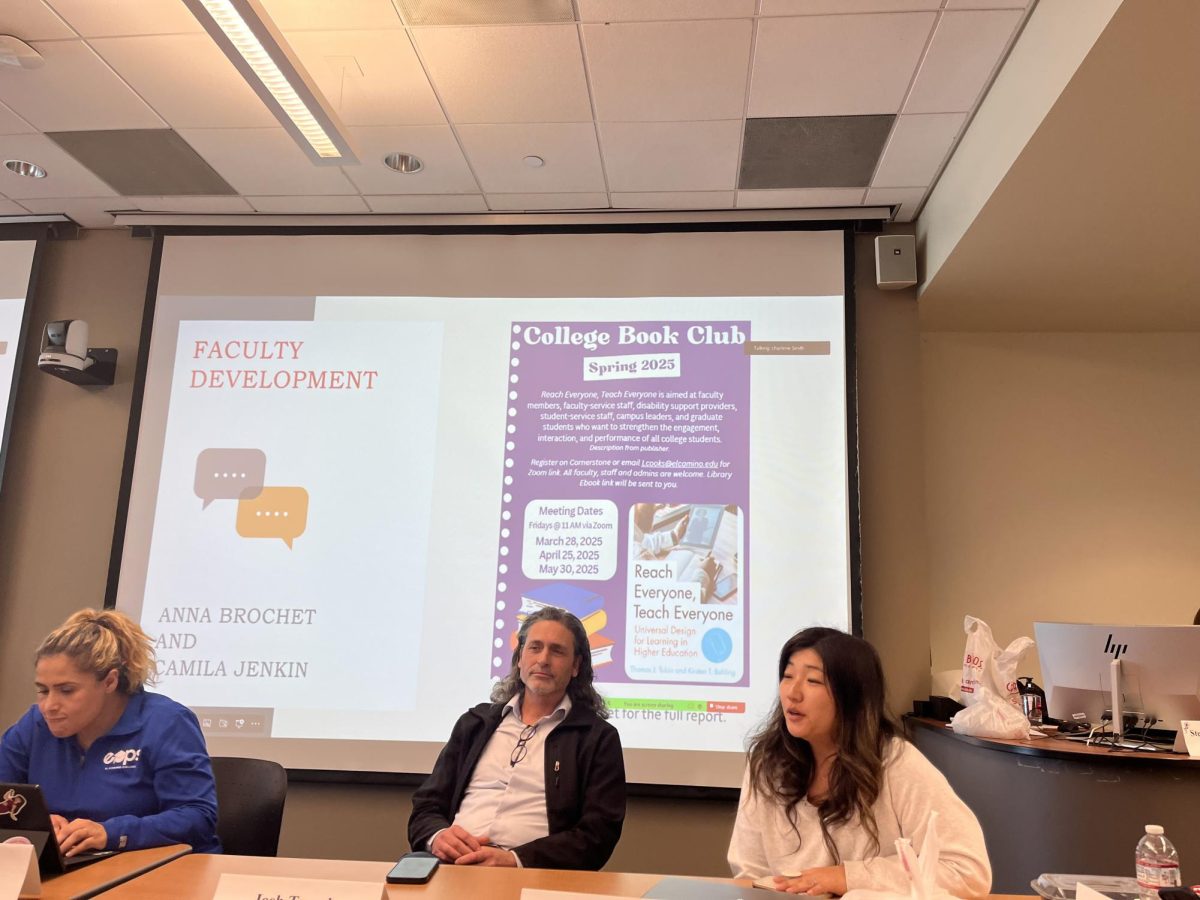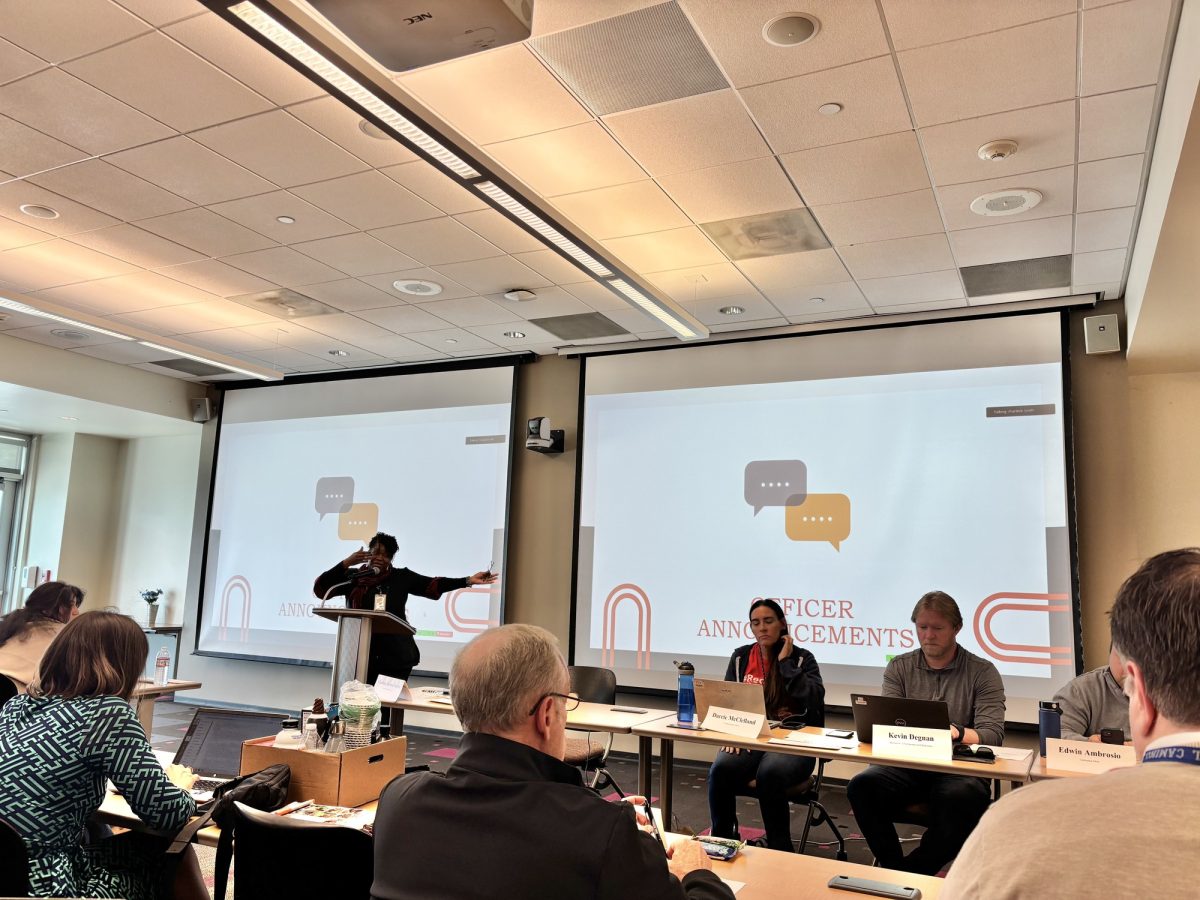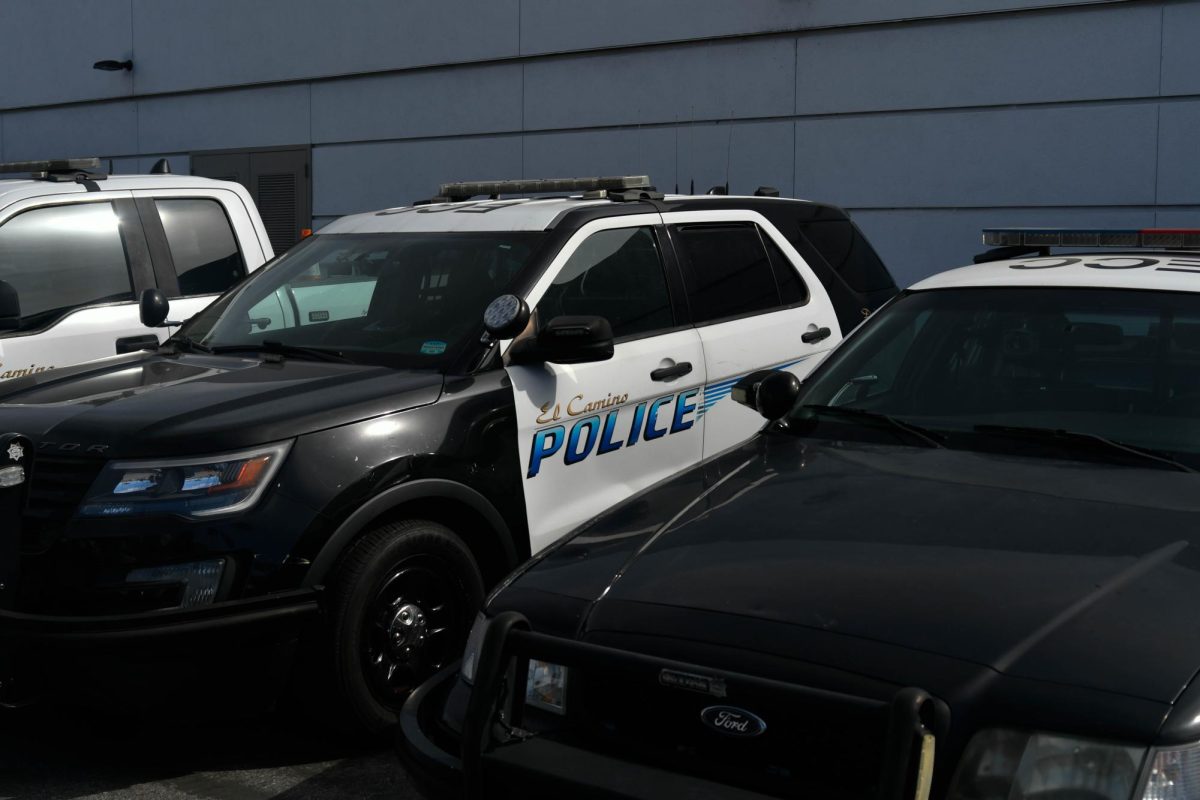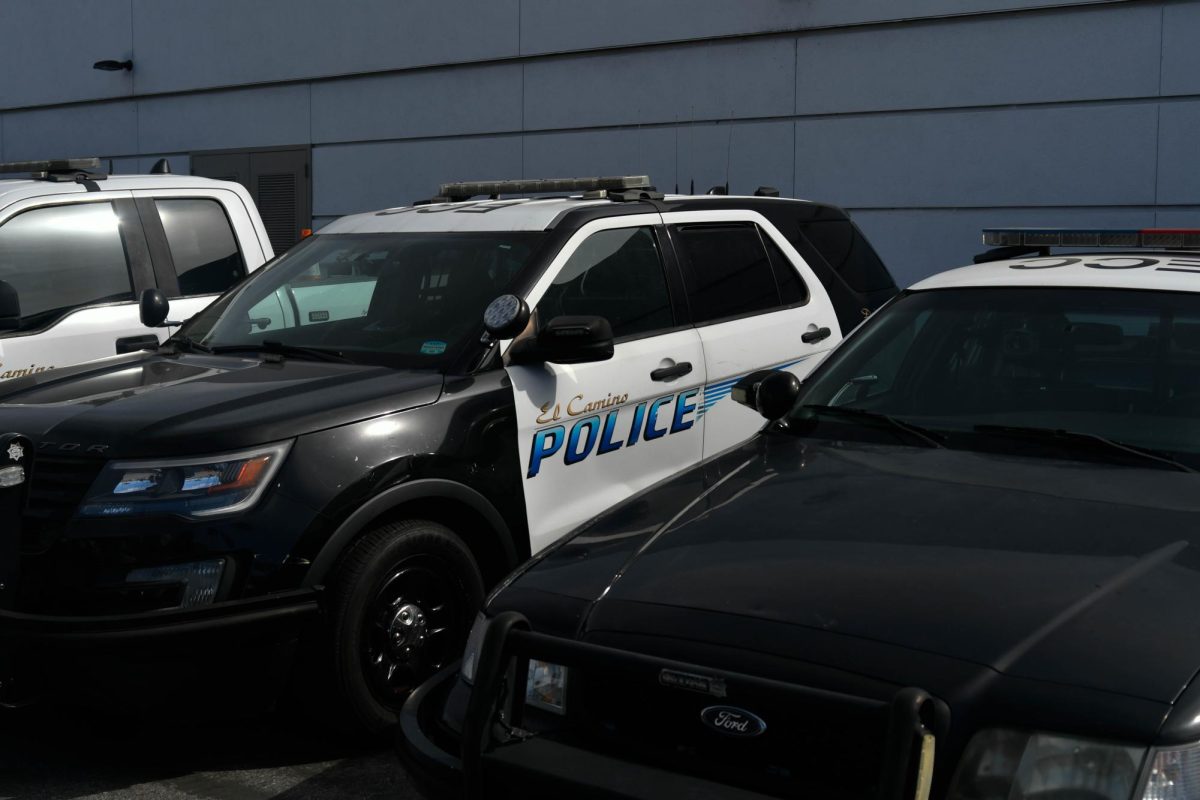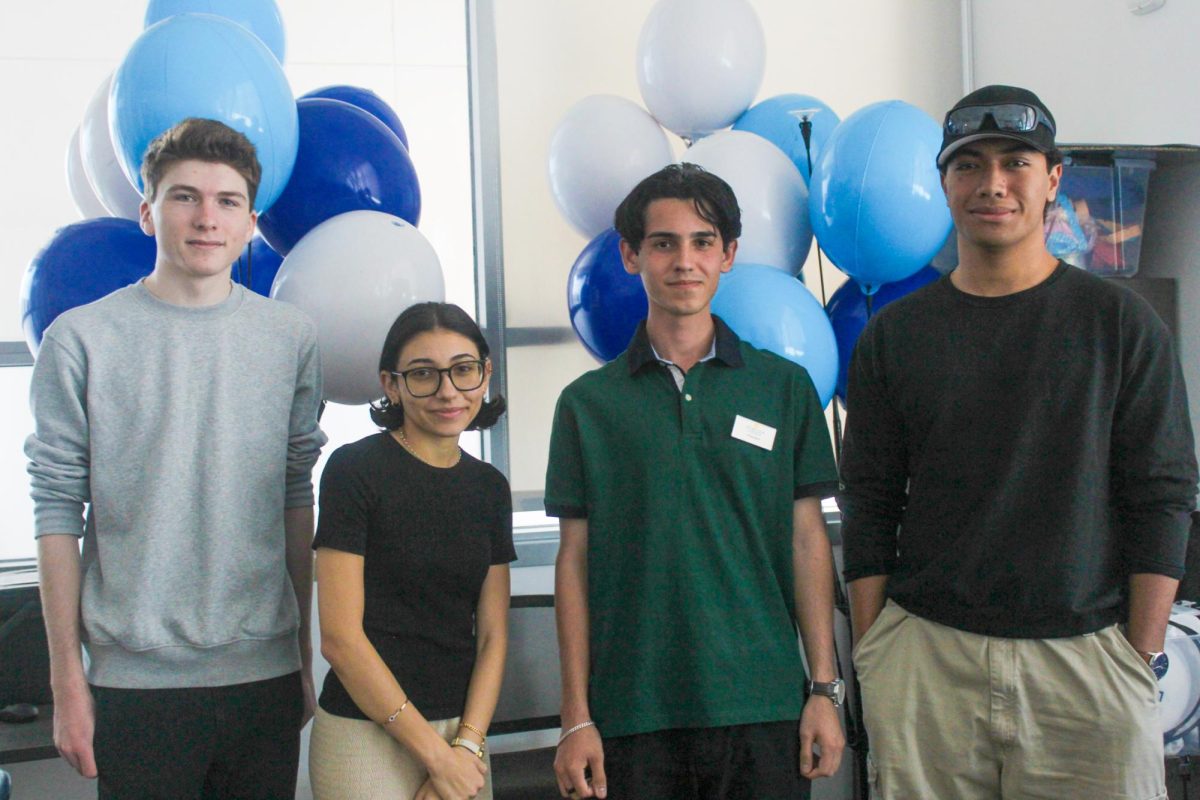When Jocelyn Rivera started her new job this past summer, being manager of the Warrior Pantry seemed pretty straightforward.
Then came the fall semester.
Rivera, a Student Services specialist, said the line of visitors on one Tuesday was “just going, and going and going,” throughout the five hours the pantry was open.
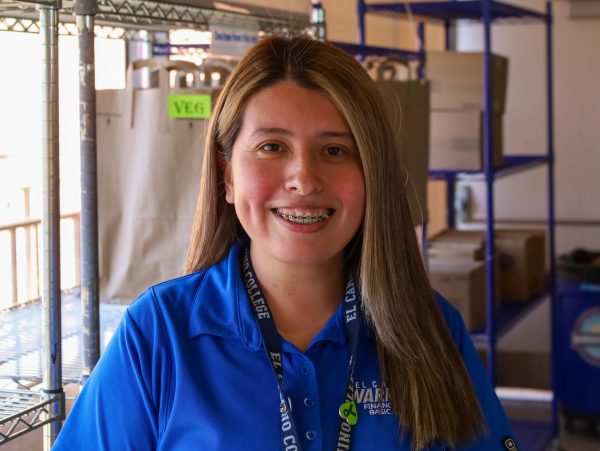
(Justin Coleman | The Union)
The recent rise in visitors is a record high for the Warrior Pantry, which provides students with free groceries and hygiene items as part of the Basic Needs Center on campus.
“We were not this busy last year at this time,” David Brown, the assistant director of the Financial Aid Office at El Camino College, said.
The increase in demand is not unique to the center at ECC.
Across California, visits to Basic Needs Centers, which also link students to resources for housing, transportation, childcare, health, technology and more, have increased by at least 31% according to a 2024 report from the California Community Colleges Chancellor’s Office (CCCCO).
“All the things that we all need to have to exist, all the prices for all of those things have gone up, and so I think that’s probably the primary driver [of] why we see an increase,” Colleen Ganley, a Basic Needs specialist at the CCCCO, said.
Each campus-based California community college was required by Assembly Bill 132 to create a Basic Needs Center to centralize student support resources by mid-2022.
Ganley added that the need for these resources may have been present prior, but that informing new students is an ongoing effort.
“This year, we’re much more visible, we’re making a very conscious effort to be visible, and word-of-mouth is very powerful,” Rivera said.
Student Success Coordinator Sharonda Barksdale, who has managed the center since 2022, said there were 3,295 visits to the food pantry in September, including repeat visits.

Barksdale said students returning to campus after the pandemic is also a factor.
Colleges reviewed by The Union, including Cerritos College, Santa Monica College, Mt. San Antonio College and Long Beach City College, all saw enrollment increases during the 2023 to 2024 year after steep pandemic declines.
“What we typically see with postsecondary education enrollment is it ebbs and flows with the economy,” Jessica Petrass, the director of education at John Burton Advocates for Youth said. “When the economy is doing worse, [community college] enrollment sometimes increases.”
JBAY, a nonprofit organization that advocates for youth in foster care or homeless, was a co-sponsor of the bill behind Basic Needs Centers.
The total number of students at ECC rose to 32,917 during the 2023 to 2024 academic year, a 7.7% increase from the year prior, according to numbers from the CCCCO Data Mart, an online database of statistics from California community colleges.
While enrollment at ECC is still 4.4% less now than before the pandemic, some community colleges in Los Angeles County have seen their enrollment rates rebound entirely.
Basic Needs Centers, total pantry visits per month (including repeat visits):
Cerritos College: 726 total (October)
El Camino College: 3,295 total (September)
Long Beach City College: 11,840 total (Monthly)
Mt. San Antonio College: 1,200 total (Monthly)
Santa Monica College: 5,500 total (Monthly)
Source: Interviews, Basic Needs Center staff at each college
Enrollment has surpassed pre-pandemic numbers from 2018 to 2019 by 8.8% at LBCC, which has a food pantry on each of its two campuses.
“I believe our [Liberal Arts] campus just hit a, in recent years, record number of full-time enrolled students, so we are getting more students now [at the pantry],” Kennedy Netto, a Basic Needs assistant at LBCC, said.
The recent enrollment rate at LBCC, which currently has 17% more students than ECC, surpasses that of Mt. SAC in the city of Walnut, which gained 6% more students this year than it had prior to the pandemic.
Serving the largest number of students statewide and more than double the amount of students at ECC, Mt. SAC had 74,655 students enrolled during the 2023 to 2024 academic year.
Despite the enrollment increase, the Mountie Fresh Food Pantry at Mt. SAC has been seeing about 1,200 total visits during the six days it is open each month, which is about 100 to 200 less student visits per month in comparison to previous years, Rigo Estrada, the director of Basic Needs Resources, said.
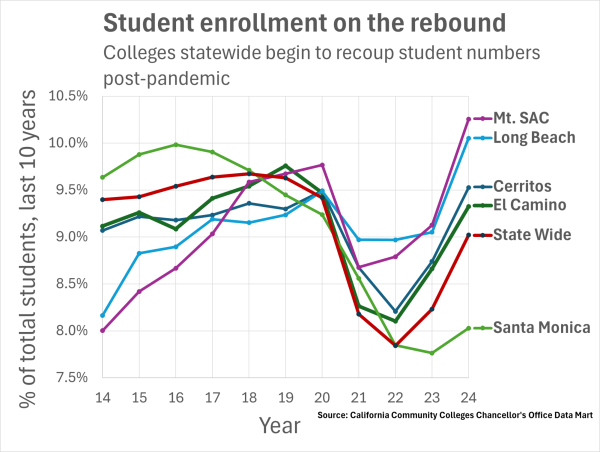
“It seems on our side there’s been an actual decrease,” Estrada said. “We think it’s because of our increase in our snack rack services that we have around campus, where we provide free snacks to our 17 campus partners around campus, and also perhaps like the access to CalFresh that our students are getting.”
Although there have been less visits to the pantry itself, food deliveries to the pantry and campus snack racks at Mt. SAC have increased.
At ECC, the Warrior Pantry is open for a total of 12 to 15 days each month, but seven snack cupboards around campus have expanded the options for when and where students can access food.
Two new cupboard locations will soon be added, with the Industry Technology Education Center gaining a snack cupboard that students taking night classes can access at night, Barksdale said.
ECC Campus Cupboard Locations:
Communications Building:
1) Black Student Success Center 2) Social Justice Center
Student Services Building: 3) Warrior Welcome Center 4) Veterans Resource Center
Pool Classroom Building: 5) Athletic Division Office, Room 212
Schauerman Library: 6) Tutoring Center
Student Health Center: 7) Student Health Center Lobby
About half of all the services accessed by students at the centers are food security assistance, according to the 2024 report from the CCCCO.
“Whatever food I get that week [from the Warrior Pantry], I’ll just go home and make a meal for my family,” 20-year-old Angel Stormborn, a fashion design and women’s, gender and sexuality studies major said.
Any ECC student enrolled in at least one unit can receive resources from the center, regardless of their financial situation.
“We know that, with the economy, that it’s not only hurting the low-income families, it truly is impacting all income levels,” Chau Dao, the director of the Financial Aid Office at ECC said.
Basic Needs Centers can help support students who do not receive enough financial aid or are facing ineligibility.
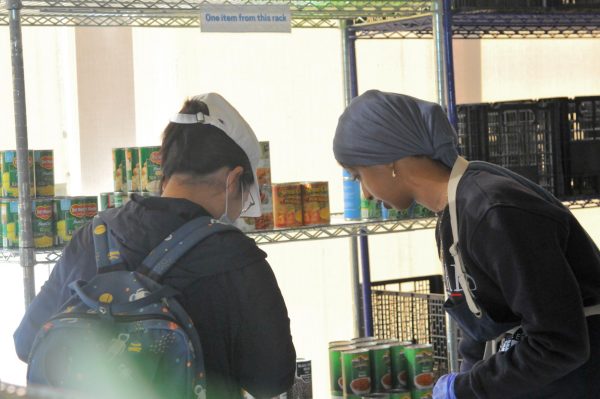
Common barriers for students seeking financial aid include funding limits based on lower cost of attendance expectations, issues with filing the Free Application for Financial Aid, and 12-unit enrollment requirements, Petrass said.
Due to Satisfactory Academic Progress policies, which require students to have at least a 2.0 GPA, a 67% unit completion rate and to graduate within max unit timeframes, at least 2,679 students at ECC were ineligible for federal or state financial aid last fall semester.
“We do have a robust SAP appeal committee, where we do reach out to our students to let them know what their options are,” Dao said.
Funding Matters
At 46.7%, nearly half of all ECC students received some form of financial aid in the 2023 to 2024 academic year, which is 7.2 percentage points higher than the state average.
A total of $43.2 million in state funds is being dispersed among the 115 campus-based California community colleges to support their Basic Needs Centers during the2024 to 2025 fiscal year.
While each college receives a $130,000 base grant, colleges with more students and Pell Grant recipients receive more state funding, according to a 2024 to 2025 compendium of allocations report by the CCCCO.
Pell Grants are awarded by the U.S. Department of Education to help low-income undergraduate students pay for college.
The number of students receiving Pell Grants at ECC during the 2023 to 2024 year was 7,295, which is about 22.2% of the college’s student population.
However, the number of students receiving the grant at ECC has declined by 27.9% since the 2018 to 2019 year, as the college continues to investigate fraudulent financial aid applications.
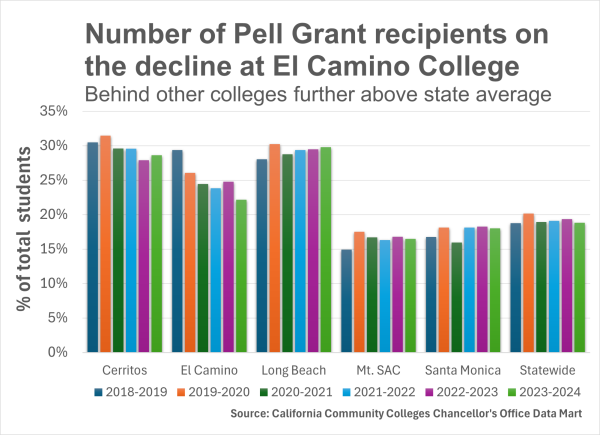
There were 10,122 ECC students receiving the grant in the 2018 to 2019 year, which was about 10.6 percentage points greater than the statewide average that year, according to numbers from the CCCCO Data Mart.
The 2018 to 2019 Pell Grant numbers remain the highest on record for the college on the CCCCO Data Mart, which hosts data starting with the 1992 to 1993 year.
(Nikki Yunker | The Union)
“We need to weed that [fraud] out, in order to really help the true students who are here at El Camino,” Dao said.
Despite the 3.7% decrease this year in the number of Pell Grant recipients at ECC, the CCCCO determines funding for Basic Needs Centers based on the data submitted by colleges from two years prior.
“When you’re only looking back one year, we don’t have [complete data] in time to run the formula,” Ganley said.
This academic year, the state will give $626,249 to the Basic Needs Center at ECC, adding to carryover funding from last year for a total amount of $1,313,452, according to the El Camino Community College District’s final budget for the 2024-25 year.
The funding pays for staffing, equipment costs and emergency grants for purchasing food, Dao said.
How the colleges ranked out of 116 California community colleges during the 2022 to 2023 academic year and the resulting 2024 to 2025 allocation amount received:
Cerritos College: 14th in total student count (30,614), fourth in Pell Grant recipients (8,539) and seventh in Basic Needs Center allocation amount ($665,322).
El Camino College: 15th in total student count (30,570), eighth in Pell Grant recipients (7,580) and 10th in Basic Needs Center allocation amount ($626,249).
Long Beach City College: 11th in total student count (34,680), second in Pell Grant recipients (10,225) and fourth in Basic Needs Center allocation amount ($758,969).
Mt. San Antonio College: First in student count (66,445), first in Pell Grant recipients (11,161) and first in Basic Needs Center allocation amount ($978,823).
Santa Monica College: Seventh in student count (37,289), 13th in Pell Grant recipients (6,809) and 12th in Basic Needs Center allocation amount ($617,303).
Source: California Community Colleges Chancellor’s Office Data Mart
After ECC was awarded a $990,000 federal discretionary grant for basic needs from the U.S. Department of Education in 2022, the college formed the Warrior Resource Program, which gives urgent relief funds to 125 students per year on a case-by-case basis.
“We don’t like to advertise it because there’s always that potential of folks just coming and asking for it without having a true emergency,” Dao said.
The grant focuses on case management, in which a Student Services adviser assists students through weekly contact.
“[It] can help to understand the needs of that student and help kind of triage and get them connected to whatever [resources] either on-campus or off-campus [that] exist,” Petrass said.
The program has given students meal and gas cards, and provided emergency funding for them to gain access to the internet, secure housing and put a down payment on an apartment, and in one case, receive an appliance, Brown said.
“We had one student who [had] their stove [that] was completely done and they couldn’t get a replacement,” he said.
Each of the four other colleges reviewed by The Union had some form of emergency assistance available to students.
Students at Mt. SAC seeking an emergency grant of up to $1,000 to cover items including car and home repairs and rent, utility, and medical bills must have a comprehensive educational plan on record, a 2.0or higher GPA and be enrolled in seven or more units, Estrada said.
To receive up to $500 in emergency assistance from Cerritos College’s Basic Needs Center, known as the Falcon’s Nest, students must have prior enrollment at the college, have a 2.0 GPA or higher, be enrolled in at least six units and have documentation of the emergency expense, according to the college’s website.
Students in need at Santa Monica College can access emergency grants at the Basic Needs Center through counselor meetings, Jaime Villalobos, a Basic Needs assistant, said.
At LBCC, students seeking financial assistance for emergency rent or utility payments must submit supporting documentation to apply for a Basic Needs grant, which 135 students received for a combined total of $256,653 during the 2023 to 2024 year, according to the CCCCO Data Mart.
Since mid-2022, community colleges have also been receiving state grants for Student Housing and Food Support.
The funds will not continue to be reissued as they have been depleted, Ganley said.
“A hundred percent of those funds went to the schools, and they’re to supplement what the colleges can do for students and to make sure that they have their infrastructure needs met, like if [they] need a double wide industrial refrigerator to store produce,” Ganley said.
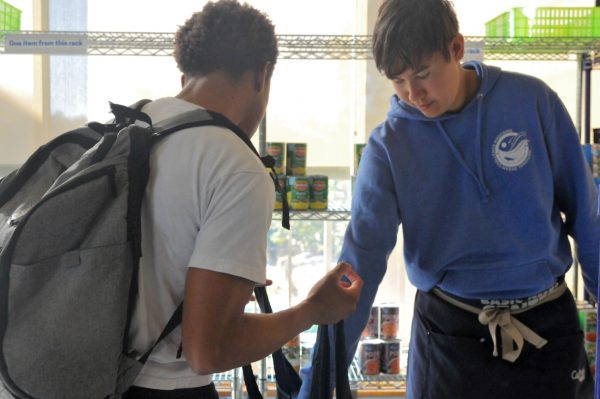
ECC received a total of $1,227,569 from the grant, according to numbers from the college district’s final 2024-25 budget.
“[The Student Food and Housing Support grant] is to make sure that we provide food, clothing, and housing assistance directly to students,” Dao said.
Supporting the Needs of Basic Needs Centers
Supplementing the funding received, most Basic Needs Centers rely on donations to keep food and other items in stock.
ECC, Cerritos College and LBCC, are all partnered with the Los Angeles Regional Food Bank, which requires the colleges to be listed as local distributors and to offer donations from the food bank to community members.
“We don’t want people to overlook college campuses as a place where people might be experiencing food insecurity,” Victoria Lasavath, a marketing and communications manager at the L.A. Regional Food Bank said.
Visitors to the Warrior Pantry who are not ECC students can pick up items from the “community rack,” which contains items donated by the food bank, Rivera said.
At Cerritos College, students and non-student community members using the pantry select food and other items in advance.
“We actually utilize an online website called ‘PantrySoft’ that we were introduced to very early on, it’s very similar to ‘InstaCart,'” Amber Dofner, program facilitator, said.
After ordering, visitors then schedule an appointment to pick up their items at the pantry.
Former students of Cerritos College sometimes access the pantry as community members, program assistant Angelica Profumo said.
At ECC, another regular donor to the Warrior Pantry is Food Forward, a food rescue nonprofit based in North Hollywood, but other necessary items for students are often purchased.
For some colleges, donations are sourced on campus.
At Santa Monica College, food grown by students and faculty at the college’s garden produces up to 30 pounds of food a week at peak harvesting times, with much of it being donated to the Bodega pantry on campus, Ryan Brode, a 20-year-old environmental studies major and lead student garden manager at the college said.
The most popular items grown include potatoes, sugarcane and bundled herbs.
“Sometimes, students come over and check out the garden to see where their food came from, that they picked out from [the pantry],” Brode said.
The garden and the pantry, known as the Bodega, together form a system which reduces food waste.
“It’s kind of like a closed-loop system that the food from the Bodega goes to the worm bin on campus, which is probably the largest one in the area,” Brode added.
Unused food from the Bodega then turns into compost, which is later used to enrich and add nutrients to the soil of the campus garden.
While ECC does not compost food waste from the Warrior Pantry, LBCC saves its unused produce to give to its Horticulture department, which operates a garden.
“We also have a [tortoise] on campus, so some of our fruit that is in a little worse condition than we would put in our pantry, we often give it to them,” Netto said.
The garden at Santa Monica College is supported by donations and requires less than $1,000 in funds each semester, sourced from the Inter-Club Council and the college’s sustainability department, Brode said.
Myra Bremen, assistant professor of Nutrition Science at ECC, said that with the addition of vegetables, as well as a lean protein, any snack from the pantry can be made into a healthier meal.
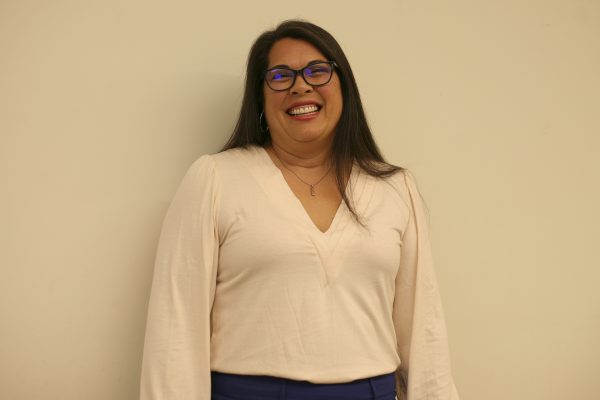
Yet Bremen said that some students may have difficulties preparing healthy food options from the pantry, such as fresh whole vegetables and bagged beans.
“There’s a little bit of a learning curve with some of the ingredients,” she said.
Campus food pantries are often supported by the efforts of students and other departments at a college, David Thompson, a practitioner-researcher for The Hope Center at Temple University in Philadelphia, said.
“Think [of] the strengths that students have to offer, like what are they hoping to achieve with their education but you know what else can they contribute to the work as well,” Thompson said.
The CCCCO has worked with The Hope Center, a research and policy center focusing on student equity in higher education, to conduct a statewide #RealCollege survey on the needs of California community college students in 2019.
The survey, commissioned by the state legislature, informed the decision to implement Basic Needs Centers at California community colleges statewide, Ganley said.
“The California state legislature very quickly heard, and stepped up and provided ongoing funds, which is special and unique,” Ganley said.
Basic needs insecurities directly impact academic success, according to AB 132, the bill that brought Basic Needs Centers into effect.
“When students do not have adequate access to food, their GPA drops, their retention rates drop and their success rates drop,” Bremen said.
Early reports from spring 2023 showed that students receiving basic needs resources had a course success rate of 68%, which was two percentage points higher than the average rate for all students, according to the CCCCO’s 2024 report on the centers.
Course success rates describe the percentage of students who pass their classes, or receive a grade of “C” or higher.
Capturing such data has proven difficult so far for Basic Needs Centers, including those at ECC, Cerritos College, LBCC, Mt. SAC and Santa Monica College.
“We’re hopeful that we can get to that [reporting the course success rates] this year because we’re tracking the students when they check in for usage, so we’re pulling all that together,” Dao said.
More Services Available
While food insecurity has been an issue most commonly addressed at college campuses, food may not always be the most pressing need of every student, Thompson said.
Barksdale said the Basic Needs Center at ECC is more than just the Warrior Pantry.
Students at ECC can directly access the Warrior Wardrobe, CalFresh outreach, free Metro U-Pass bus cards, and also referrals for housing, health services and other needs.
The Warrior Wardrobe, previously known as the Warrior Closet, has free clothing, accessories and books for adults and children.
“Every outfit that I wear is from the Warrior Closet,” Stormborn said. “They have Georgio Armani, they have suits, blazers, like literally, they have good stuff.”
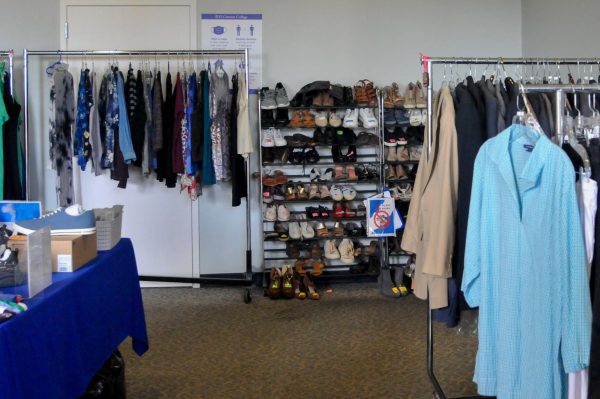
Basic Needs Centers must ensure students have access to information about CalFresh, a state-based program that gives residents access to federal food assistance, according to California Education Code section 66023.5, which states requirements for Basic Needs Centers.
“Many of our students are probably eligible but they’re not knowledgeable about the eligibility requirements,” Barksdale said. “We do have a staff person here to assist [students] with applying for CalFresh.”
For the sixth year, ECC has received state and federal funding to support its CalFresh Outreach Program and employ a staff person part-time.
“It’s hard to try to help students access public benefits,” Ganley said. “It’s hard work, and sometimes they [staff persons] may feel like they’re going against the current.”
Paola Villareal, a CalFresh outreach specialist at ECC said that eligible students must be enrolled in at least six units and work 20 hours per week.
The work requirement is waived for ECC students enrolled in certain programs, including those attaining an associates of science degree in nursing or in business administration, according to the California Department of Social Services, which provides a list of “Local Programs that Increase Employability,” also known as the LPIE list.
Villareal said she makes the process easier for students, providing a checklist for everything a student needs to submit an application, but that “the challenge is still the stigma.”
Some students may feel hesitant to ask for help.
“I think that there’s been a harmful narrative around the college student experience where it’s become somewhat normalized to struggle,” Lasavath said.
Stormborn said students should not feel ashamed.
“We should ask for help, we should continue to make it normal for people to ask for help,” they said.
Stormborn said they had never before received as much support as a student as they have found provided at the Basic Needs Center.
“I’m really, with all my heart, grateful for the Basic Needs Center, because they’ve helped me with my entire life, academically, professionally and personally,” Stormborn said.
The Basic Needs Center, along with the Warrior Pantry and the Warrior Wardrobe, is currently located on the second floor of the Bookstore.
Relocation of the Basic Needs Center to the newly constructed modular Basic Needs Village adjacent to Lot L is planned for early 2025.
ECC Basic Needs Center Services, Hours of Operation
Basic Needs Center: Monday through Thursday, 9 a.m. to 5 p.m.
Warrior Pantry and Warrior Wardrobe: Tuesdays, noon to 5 p.m., Wednesdays and Thursdays, 10 a.m. to 3 p.m.



